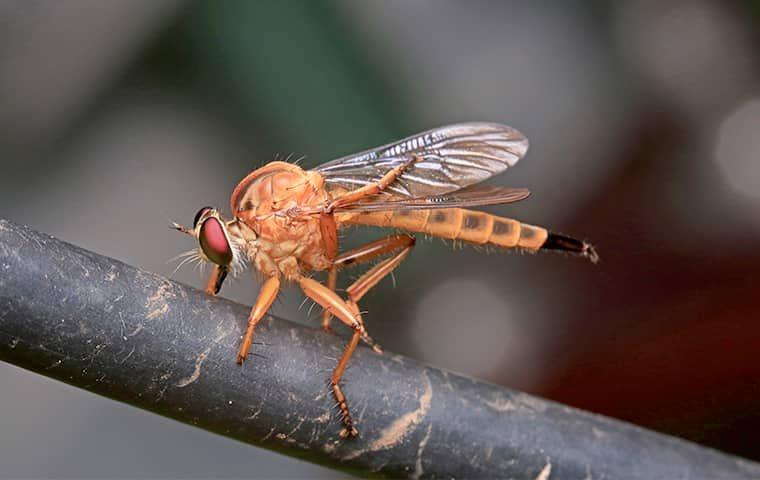There are only a few tiny flies that get into Hendersonville homes and create a problem. Identifying which kind of flies you're dealing with is an important first step as it will allow you to make the right decisions when it comes to getting control of your fly problem.
Four Common Flies
If you have tiny flies in your home, they are likely to be fruit flies, fungus gnats, phorid flies, or drain moths. Use these characteristics to tell if the flies in your Hendersonville home are phorid flies.
-
Phorid flies are black flies that have a humped back. The other black fly that enters homes, the fungus gnat, has a thin profile.
-
Phorid flies do not have red eyes. If your flies have red eyes, you have a fruit fly problem.
-
Phorid flies, often called scuttle flies, have the curious propensity for running across surfaces when approached.
-
Phorid flies can be very small. If you see a fly that is 1/64 of an inch long, it is likely to be a phorid fly. But, keep in mind that they can be as large as ⅛ of an inch.
-
Phorid flies are not fuzzy and moth-like. If you have fuzzy, moth-like flies, those are drain flies.
Breeding Sites
When you start to notice tiny flies, your first preventative step is to look for a potential breeding site. The flies may help you find it as they may be crawling around on it or flying around near it. You're likely to find them near:
-
Potted plants
-
Trash receptacles
-
Sinks and drains
-
Rotting food
-
Catboxes
-
Garbage disposals that leak
-
Diaper disposal units
-
Showers with a leaky shower head
Filth Flies
Phorid flies are part of a group of flies called filth flies. While these flies don't present a serious health threat, it is important to realize that they can make you sick. This is because they can be exposed to harmful microorganisms when they get into garbage or come in contact with unsanitary areas, such as your bathroom or your cat's litter box.
Phorid Fly Control
In some cases, you can use a vacuum to suck phorid flies up and remove them from your home. If more control is needed, here are a few tips:
-
Hang sticky traps to catch them.
-
Clean your bathroom and kitchen to remove potential food sources.
-
Address moisture problems, such as leaky faucets, showerhead, or pipes.
-
Use a biological cleaner to clean your drains.
-
If you have a cat, make sure waste is being covered up.
-
Keep your trash receptacles free of odors and store all garbage in covered containers.
Phorid Fly Prevention
While it can be tricky, and sometimes frustrating, to get rid of phorid flies, prevention is fairly straightforward.
-
Keep exterior trash receptacles away from entry doors.
-
Repair or replace damaged door and window screens.
-
Use a caulking gun to fill in gaps and cracks in your exterior.
-
Make sure your exterior doors have a good seal all the way around.
-
Check potted plants before bringing them into your home.
When You Need Help
If you can't figure out where the flies are coming from, or you keep having trouble with these or any other fly species, remember that the service team here at All-American Pest Control is always standing ready to help you. Our service team members are highly-trained, and they've had a lot of experience with filth flies. We can get rid of those phorid flies for you and give you guidance on how you can prevent future infestations. Reach out to us today for assistance. We're here to help.
 1426 Reviews
1426 Reviews


